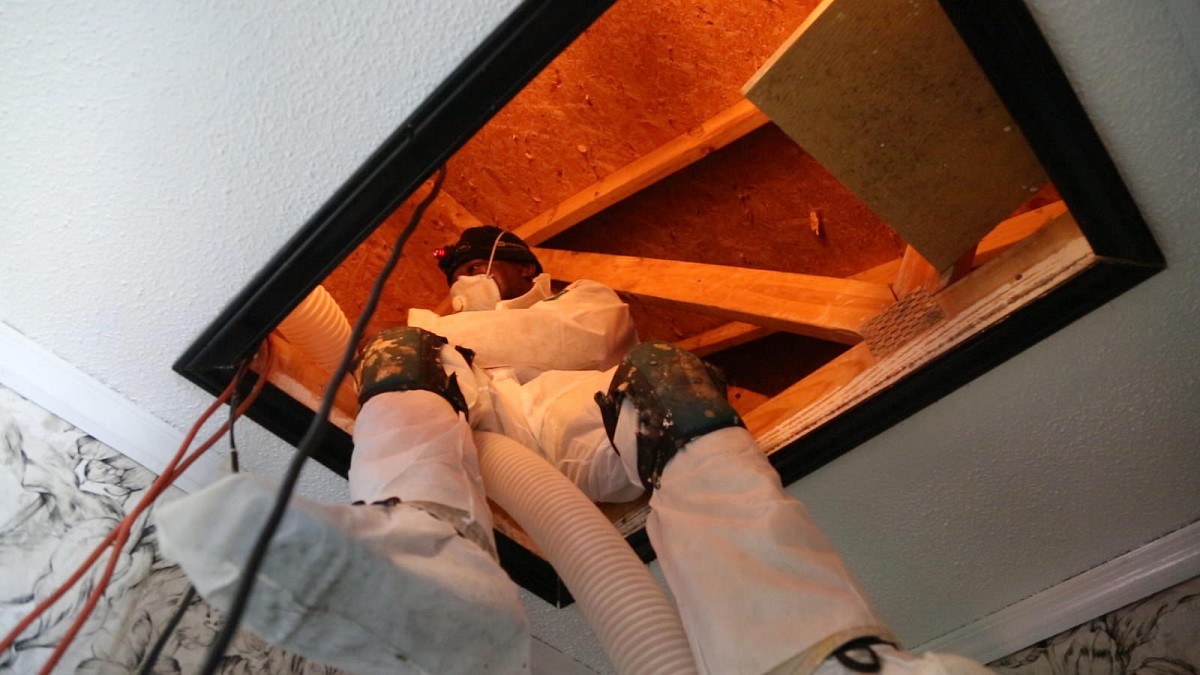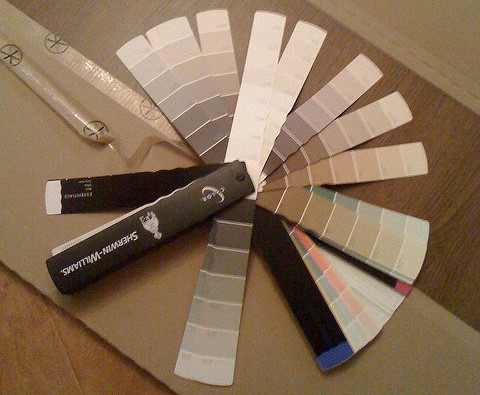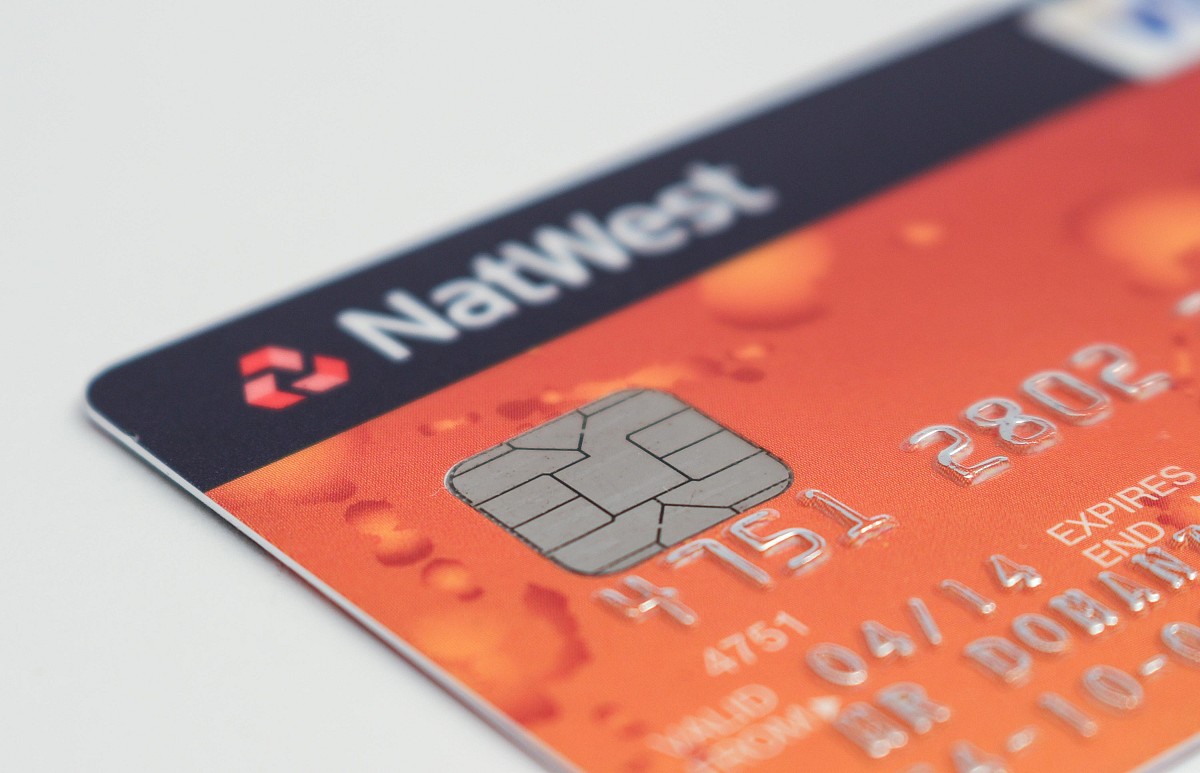How Can I Afford Home Improvement And Repair?
Is there a contractor in your future? After a long hard winter, you might very well need a few fenceposts replaced -- or a whole new roof. Or perhaps you'd like to celebrate spring by installing your dream kitchen or patio. Not to be a Debby Downer, but all those things cost money. Before you pick up the phone to hire a roofer, remodeler, or concrete specialist, take a good hard look at how you can afford the home repair or improvement you're considering.
DISCLAIMER: Loan periods and interest rates vary. Consult your financial adviser for detailed information about your specific situation.
THINK, THINK, THINK
Make a list of all the repairs and home improvement projects that you are daydreaming about. Then bring those dreams down to earth by carefully considering each task:
- How urgent is it?
- Why do you want to do it, and what is the ratio of costs to benefits?
- Is the work financially feasible for your budget?
- Will it add lasting value to the property and encourage purchase offers when you want to sell your home?
Prioritize your spending; allocate funds first to crucial home repairs or renovation projects that offer an excellent return on investment, such as attic insulation (107.7% ROI) or entry door replacement (90.7% for a new steel door).
DO YOUR HOMEWORK
The internet makes it fast and easy to research your pet projects. Compare price, appearance, and durability of various materials – for example, hardwood flooring versus laminate. Check out ways to save without sacrificing quality … perhaps by buying tiles in last year’s style (just be sure to purchase a few extra to allow for breakage and future repairs). Find out the going rate for home improvement contractors in your area. In addition to materials and labor, allow sufficient funds for hidden costs. To illustrate: during a major home remodel, you might have to find temporary accommodation and furniture storage for a while.
LOOK FOR FREE MONEY
In the case of a repair, start by checking with your insurance provider to see whether your homeowners policy will cover the job. Investigate federal, state, and municipal grants, community development programs, or assistance from nonprofit organizations for essential home repairs and/or improvements. Search for rebates, tax credits, and incentives offered by government agencies or utility companies on environmentally friendly upgrades, such as the installation of solar panels or high-efficiency HVAC equipment.
DIY OR NOT?
Do-it-yourself might seem like an easy, affordable solution and there are lots of instructional videos that show how to perform simple repairs -- like fixing a dripping faucet. It’s important to be realistic, though. Do you have the time and patience (not to mention the practical skills and equipment) to do a topnotch job? Make sure to pull all necessary permits and work to code. Negligence in this area may lead to more financial trouble down the road, when you try making insurance claims or selling your house.
USE CREDIT CARDS -- WISELY
Are you surprised at the idea of financing home improvement with plastic? It actually makes more sense than you might think for projects under $15,000. Your card can provide quick funding up to your credit limit, without the paperwork of a bank loan – very useful when you suddenly need to repair a roof leak or spruce up before an open house. The debt is unsecured so you don’t risk losing your house if you get behind in the payments. You’ll also earn yourself a bundle of rewards points. Best-case scenario: take advantage of low- or no-interest credit card promotions and be sure to pay off your balance in full before the offer expires. Otherwise, you will be facing hefty interest charges, to the tune of 15 percent or higher.
TAKE A PERSONAL LOAN
For improvements or repairs costing between $15,000 and $50,000, a personal loan might be the way to go. The application process is streamlined and this type of unsecured loan does not require you to put up your home as collateral. Interest rates are fairly high, though, starting at approximately 7 percent APR or more, depending on your credit rating, geographical location, loan amount, and term.
TAP YOUR HOME EQUITY
On the other hand, to finance $15,000-50,000 worth of work on your house, your best bet could be a home equity line of credit (aka “a second mortgage”), especially if your credit rating is not so hot. A HELOC offers lower interest rates than an unsecured personal loan – about 4 percent with an excellent credit rating -- and is convenient to use for multiple small home improvement expenses, but you are literally betting the farm (or your home) that you will be able to make the payments on time every month.

COVER HOME AND IMPROVEMENTS WITH A 203K
Are you considering buying a fixer-upper -- or does your current home need some fundamental repairs? An FHA 203K loan could be the right type of financing for you. It is basically a mortgage (new or refinanced) that covers both the house purchase price and the planned improvements. Interest charges on this type of loan may amount to as much as 1 percent more than conventional mortgage financing, but it offers 2 major advantages: a 203K allows you to borrow a substantial amount and pay it off over an extended period.
FIND PEER-TO-PEER LENDING
In the spirit of peer-to-peer services like Uber or Airbnb, you can now find peer-to-peer lending. Go to one of the new websites like Prosper to borrow amounts from $1000 to $40,000, generally at attractive rates of interest. Bear in mind that you may be zapped with extra charges ranging from origination fees to fines for late payment. As with any type of loan agreement, check the fine print before you sign on the dotted line.
SHOP FOR A CASH-OUT REFINANCE
Do you need a bigger chunk of cash for a major home remodel? Then a cash-out refinance could be right for you. In a nutshell, this involves replacing your current mortgage with a larger loan and allowing you to cash out up to 90 percent of your equity, secured with your home. Interest rates are hefty, but as part of your mortgage payment, they are tax-deductible.
CHECK OUT CUSTOMER FINANCING
A growing trend in the home improvement field is financing provided by the contractors themselves. Forward-thinking companies realize that they have a lot to gain by making home repair and upgrades more available to the consumer via easily accessible loans. Do ensure that the interest rate and payment terms and conditions are agreed on in a written contract, which you and the contractor both sign, before the work begins.

Looking for a Pro? Call us (866) 441-6648

Average Costs
Related Experiences

Can’t Find A Prefab Shed You Like? Try Custom Carpentry Instead

Beautiful Tile Backsplash Completes Our Kitchen Remodel








